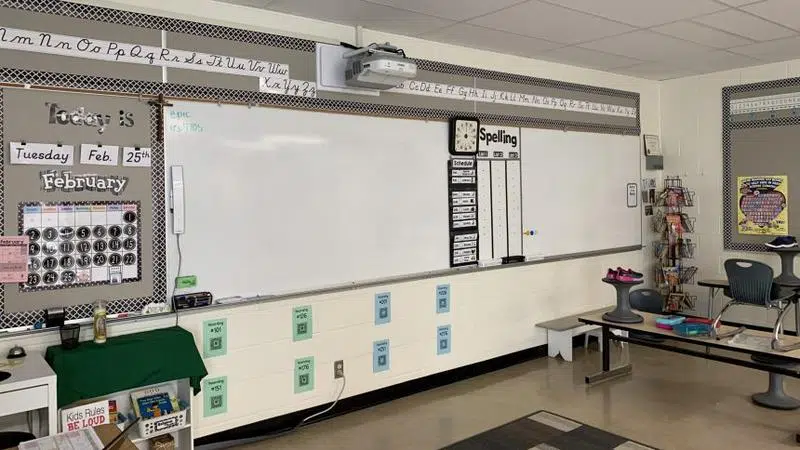
Education professor weighs in on changing classrooms
Imagine teaching a class where some students are still learning English, some have learning disabilities and others have diagnosed behavioural issues.
That’s how education experts describe the reality teachers face in the classroom today.
Addressing the issues of classroom composition and complexity has dominated the discussion between Saskatchewan teachers and the provincial government in meetings this month.
Jay Wilson, an education professor at the University of Saskatchewan, explained how the range of student needs has evolved significantly in the past several years.


